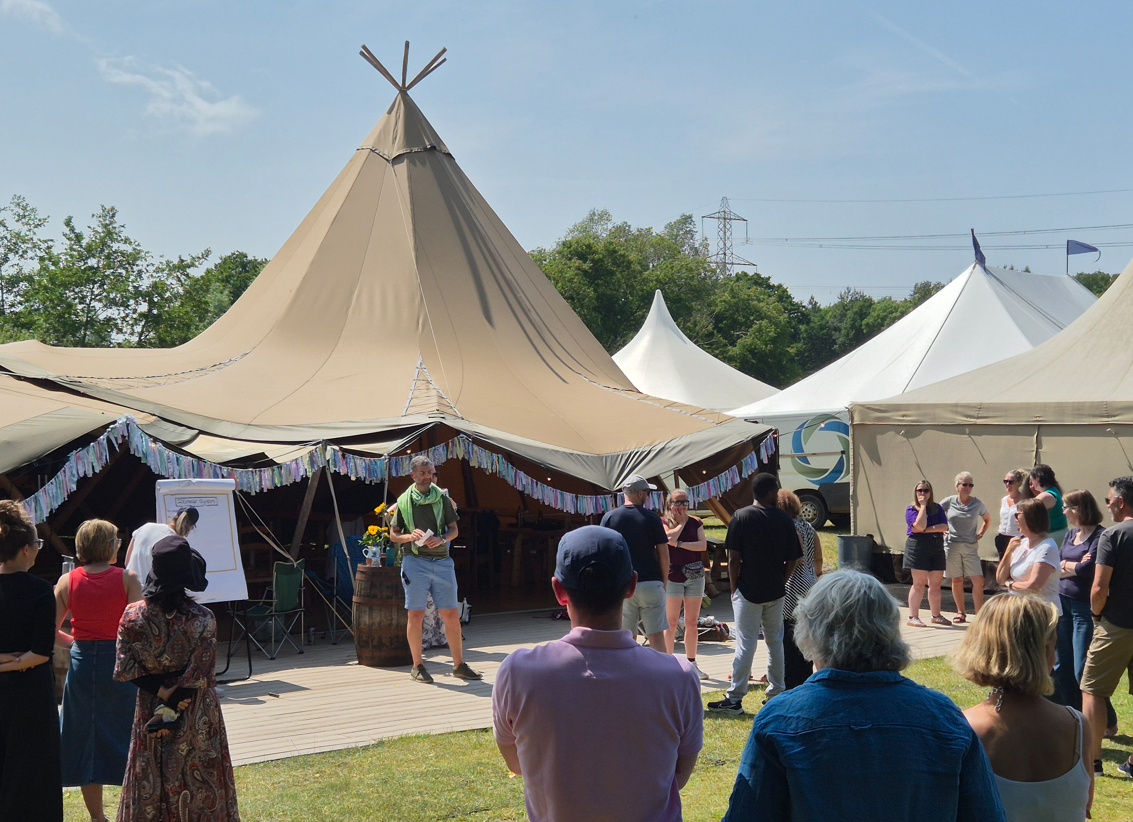Navigating a multi-generational workforce can be challenging, but differences can be transformed into organisational strengths. Graham James reveals how managers can achieve a united team
Do you view a multigenerational workforce as posing a challenge or being a massive benefit? Many might say a challenge, but the correct answer is a benefit when a collaborative force is in play.
Personal and professional development is a great way to plug the existing skills gap and alleviate workplace divisions and burnout
Co-operation can be a tricky phenomenon to achieve, especially when each generation is known to share its own set of workplace perspectives, attitudes and communication styles. This could result in a possibility of bubbling tensions and divisions leading to people managers segregating generational groups and jumping to stereotypical conclusions.
Yet, managers must not give in… because once a multigenerational group realise that they strive towards the same common goal, a unified force of complementary skillsets is attainable.
Recognising generational nuances
It’s natural for different generations to have preferred communication styles. Baby Boomers and Gen X might favour face-to-face meetings or phone calls, while Millennials and Gen Z often lean towards instant messaging and online collaboration tools.
Similarly, each generation brings unique strengths to the table. Baby Boomers are known for their dedication and work ethic, Gen X excels at problem solving, Millennials value purpose and social responsibility, and Gen Z brings a tech-savvy approach.
As implied above, generational preferences usually come as no surprise, but this is where we need to be careful – every team member, no matter their generation, needs to be treated as an individual… rather than categorised into the same stereotypical building blocks.
Like a pie chart, most individuals have overlapping layers with stereotypical preferences from every generation and so naive judgments need to be avoided, especially to reduce chances of offence.
Business leaders are viewed by 89% of employees as the forefront to avoid multigenerational divides and build a safe workplace environment, but how exactly can managers achieve a united workforce?
Building bridges, not walls: how people managers can drive effectiveness
Before managers can put in place measures to avoid generational clashes, they must recognise the significance of their own self-awareness. Managers are often in touch with their own work values but can miss the mark in respecting that their attitudes may be different from the people they manage.
In fact, a study found that 35% of employees feel that their company’s culture and processes favour one generation over another’s. This can cause manager bias to skew how work is distributed and thus self-awareness is vital for managers to respectfully acknowledge different working styles.
Once the foundations of self-awareness are set, managers should organise multi-generational mentoring to enable a complementary combination of different skillsets.
What’s more, training programmes can equip team members with effective communication strategies to bridge these gaps and ensure a smooth knowledge transfer. Focused training on mentoring best practices can further empower younger generations to learn from senior colleagues’ experience.
Lastly, multi-generational collaboration can only be deemed successful if a common purpose is shared across the group as the worthy end goal.
For example, let’s take a company that specialises in software solutions – they will probably experience a multigenerational workforce with different work styles, but this does not matter if they strive towards the same end goal, which is to build trust with their clients and grow customer sales. It is only when team members do not rally around a common vision that the red flag of failure occurs, and co-operation is combusted.
How L&D creates a thriving multigenerational workplace
Collaboration, management techniques and organisational capability are all necessary skills to work productively as part of a multi-generational group. Personal and professional development is a great way to plug the existing skills gap and alleviate workplace divisions and burnout, with one in three employees gaining better stress and mental health management from learning new or building on existing skills.
For this to be a trustworthy strategy, L&D must be integrated into the everyday workplace strategy as a long-term commitment, rather than the common tick-box approach.
Investing in L&D training with workshops on conflict resolution, effective teamwork across generations, and leveraging collaborative technology empowers employees to bridge generational divides. These programmes equip them with the skills needed to navigate differences, enabling improved communication, trust, and a stronger sense of belonging within the team.
When a multigenerational workforce shares one common goal, a greater sense of unity is created. For this to happen, multigenerational groups must appreciate generational differences by recognising the electric energy between people with different skillsets.
People managers also have a crucial role to play, their valuable power of self-awareness can stop misjudged generational bias, paving the way towards a future of acceptance and multi-generational collaboration.
Graham James is Director at Pluxee UK




